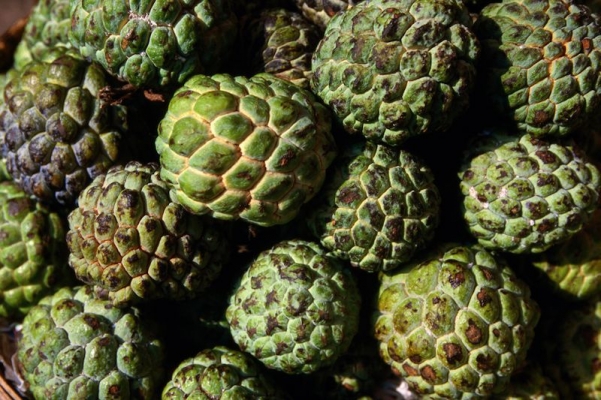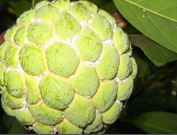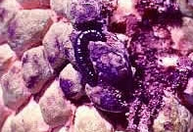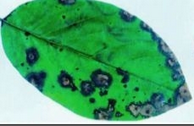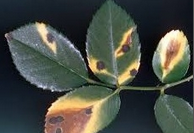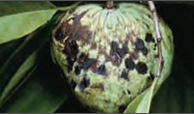General Information
It is also known as Sitaphal. It is delicious in taste and is dry land fruit. It is rich source of Vitamin C, Potassium, Manganese and Iron. The fruit contains fewer amounts of saturated fats, sodium and cholesterol content. Because of its good nutritional value, it is known as an ideal fruit for maintaining health. The farming is done most commonly in Philippines, Egypt, central Africa, and India. Kolkata, Maharashtra, Chhattisgarh, Madhya Pradesh, Kerala, Karnataka, Gujarat, Telangana, Andhra Pradesh, Andaman and Nicobar and Mizoram are the major custard apple growing states in India. The fruit is useful to cure constipation, reduces rheumatism and arthritis and helps to fight muscle weakness. It is consumed as fresh fruits also used for making custard powder, ice cream etc.
Jalgaon, Beed, Ahamadnagar, Nashik, Aurangabad and Solapur are major sitaphal growing areas of Maharashtra.

